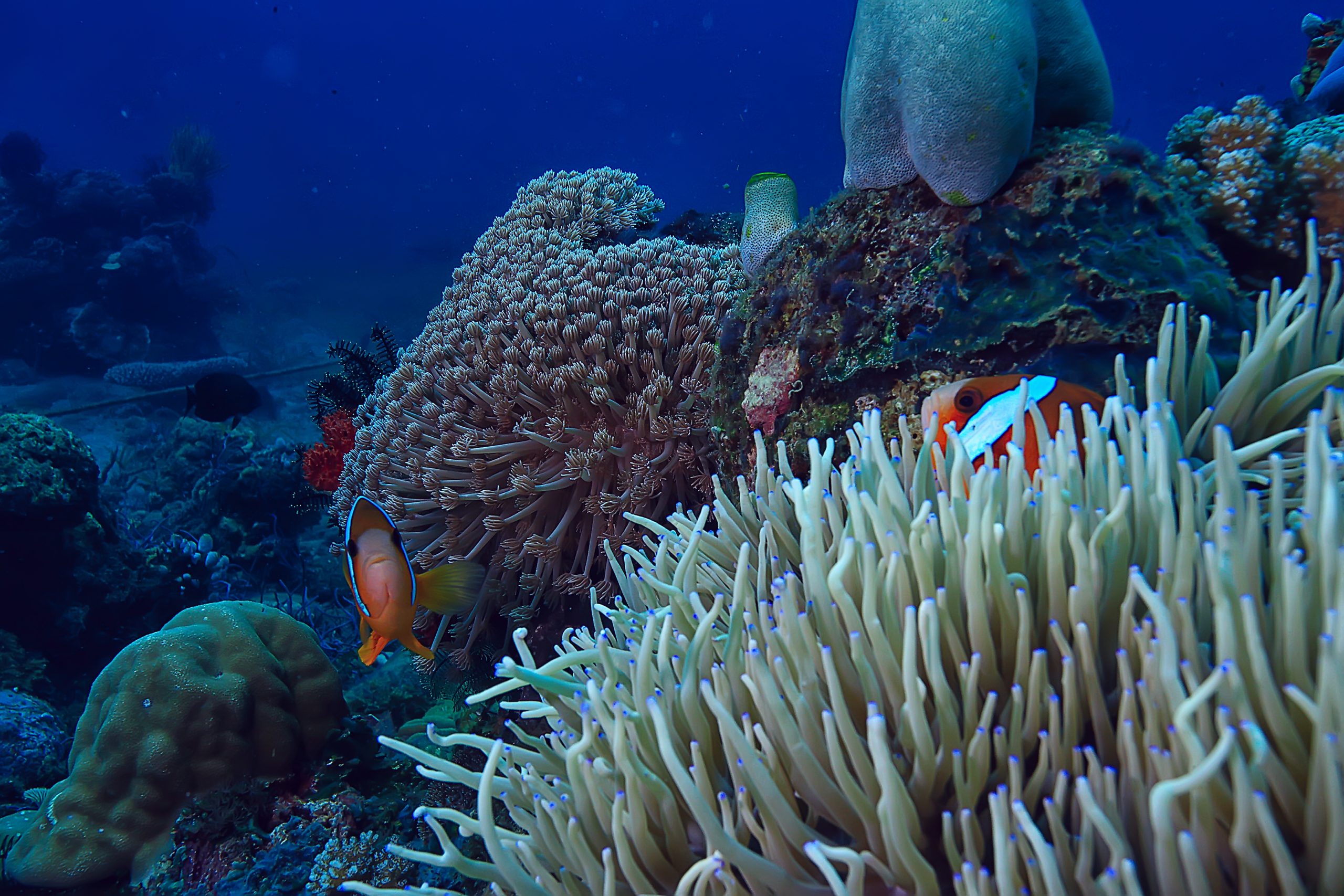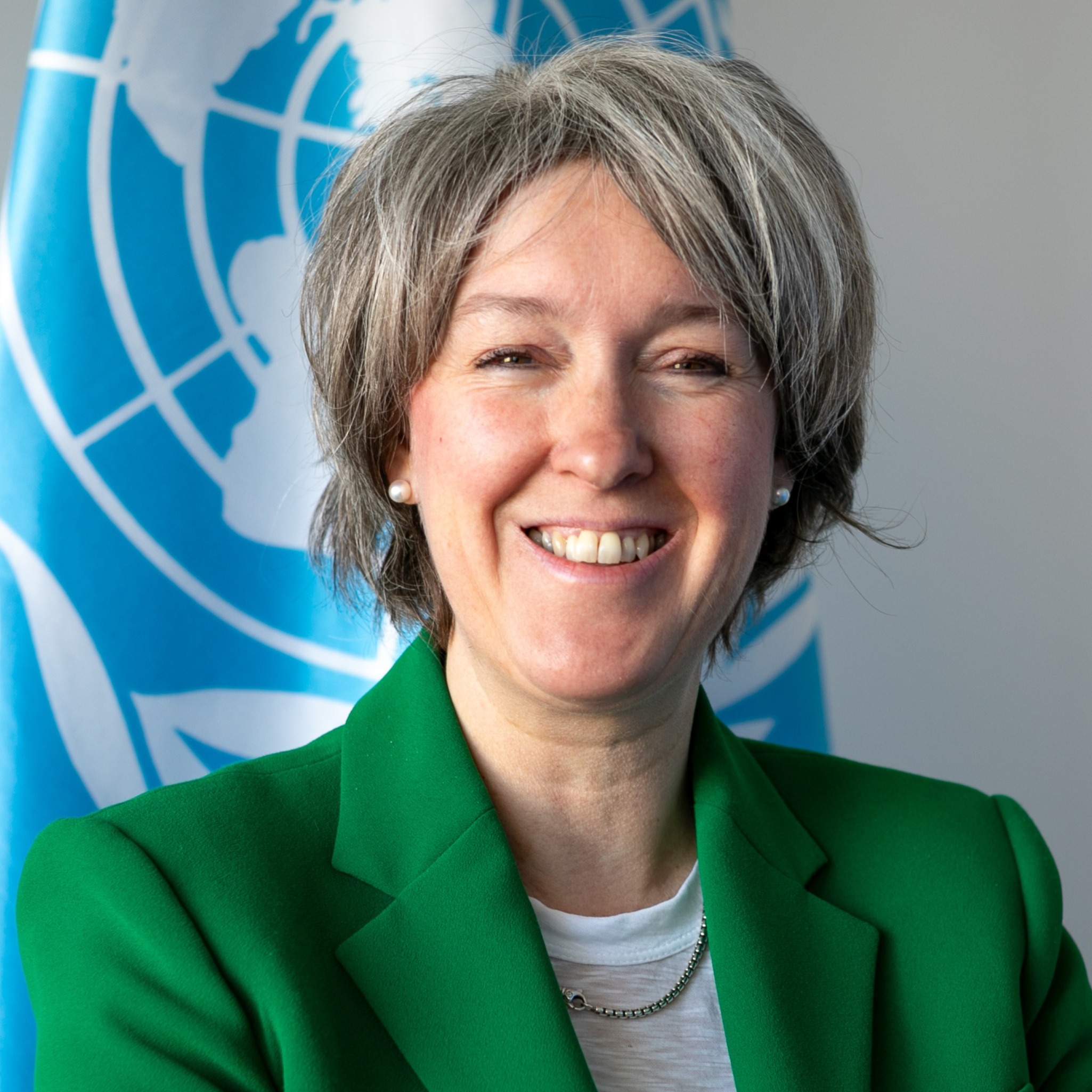Building equitable and resilient ecosystems and communities in marine World Heritage sites
The UN’s World Ocean Assessment in 2021 states that the role of coastal communities is being increasingly valued in ocean conservation and sustainable marine tourism around the world. This is because local communities often play a critical role in the stewardship of the coast and marine ecosystems while experiencing the brunt of climate impacts.
While coastal tourism has the potential to deliver benefits, it can also put significant pressure on local marine resources, which may already be in short supply. Unsustainable coastal tourism development, for example, harms marine ecosystems, leading to substantial biodiversity loss and negative impacts to local communities that rely on the ocean for their livelihoods[1]. Stakeholders from coastal communities and groups, including local communities, women or traditional owners, are frequently not, or not adequately, included in decisions related to coastal tourism development projects and management decisions that will impact them[2].
Sustainable tourism can be a positive way forward, in particular if it is well integrated in the overall coastal zone protection and conservation of the area. The tourism sector can provide significant economic value and opportunities to local communities and, if sustainably managed, make a core contribution to the long-term protection of sites. Communities are more likely to mobilise collective resources and protect coastal and marine tourism sites when economic benefits are equitably distributed and reflect their social and cultural values.
World Heritage sites
The World Heritage Convention of the UN Educational, Scientific and Cultural Organization (UNESCO) is one of the most extensive conservation systems in the world, protecting both natural and cultural places of ‘outstanding universal value’. The World Heritage List counts today 1,154 natural and cultural sites, many which are popular tourist destinations. World Heritage recognition comes with the requirement to sustainably protect the world’s most valuable sites for future generations. The 50 marine sites on UNESCO’s World Heritage List are among the ocean’s most productive and diverse waters, and they are critical to sustaining the livelihoods of Indigenous people and ocean communities who depend on them.
Current state
Millions of people living in coastal communities are dealing with the pressures of large-scale tourism or dwindling fish stocks due to overfishing[3]. This can undermine the sustainability of resource-based livelihoods and the well-being of coastal communities. In addition, local communities may not receive an equitable share of the benefits that ocean industries generate, or have a voice in decision-making about the risks to the marine environment and associated resources. While they don’t benefit from the resource, or not sufficiently, they do bear the cost of protecting it.
Resilient communities that benefit from marine ecosystems, including at World Heritage sites, often become major advocates for the protection of coastal and marine ecosystems for future generations. However, the necessary infrastructure and mechanisms are often lacking to appropriately filter benefits to local communities. These potential benefits to local communities could include generating employment and income, improving infrastructure within the community and enhancing knowledge and skills. The mechanisms to achieve this include approaches such as revenue-sharing arrangements, payment for ecosystem services and co-management approaches. iSimangaliso Wetland Park in South Africa, for example, has created thousands of jobs since its World Heritage listing in 1999, most of which are in sustainable tourism. It has lifted entire areas out of poverty and offers opportunities for youth employment.
To be an equitable and sustainable tourism model, a project’s stakeholders should ensure the well-being of local communities, including in the decision-making process, and through protection of the local ecosystem.
Resilient Reefs Initiative
Coral reefs are some of the most diverse marine ecosystems, attracting tourists from over 100 countries worldwide[4]. The social, cultural and economic value of coral reefs is estimated to be US$1 trillion[5]. These reef systems protect coastal communities from flooding and erosion while also sustaining local subsistence fishing and tourism. UNESCO’s first global scientific assessment of climate change impacts on World Heritage coral reefs suggests that all 29 World Heritage–listed coral reefs might cease to function as reef systems before the end of the century under business-as-usual climate scenarios[6]. The impacts of climate change are affecting all coral reefs globally, so the revenues to local communities in tourist areas will also be impacted in most regions. We need to build resilience and help communities adapt to the inevitable change that is already upon us. We can do so through equitable and just policies and approaches, and by empowering local and indigenous communities to take ownership of their future.
To be sustainable, coastal and marine tourism must account for the needs of local and Indigenous communities. Sustainable Development Goal 14 calls for us to ‘conserve and sustainably use the oceans, seas and marine resources for sustainable development’. This requires the active participation of diverse ocean users across all sectors to develop a shared vision in decision-making processes.
In an effort to address this, the Resilient Reefs Initiative was mobilised to assess the interface between nature and people across an initial four UNESCO marine World Heritage sites in Palau, Belize, France and Australia. Through this project, which is led by the Great Barrier Reef Foundation along with an international team of partners, we are developing reef resilience strategies that take a holistic view of the ecosystem and people living and benefitting from the reef. We aim to develop a highly innovative approach to address climate risk and build the resilience of local communities to plan differently for the future. A chief resilience officer (CRO) has been appointed in each of the four pilot marine World Heritage sites and is tasked with developing an integrated climate adaptation strategy that assesses not only the protection of ecosystems but also the needs and priorities of the local communities. The CRO’s role is also to empower local communities to co-develop creative solutions to sustainably adapt to the changing environmental circumstances to allow both nature and people to thrive by placing their social, cultural and economic values first. It is a holistic approach that brings all partners to the table and sets priorities in an ever more rapidly changing environment where storms, extreme weather events or mass bleaching will become increasingly intense and frequent. This work helps to provide local communities with ownership of the reef and the local ecosystem.
Ningaloo Coast, Australia
One of the four World Heritage sites, the Ningaloo Coast in Western Australia, has one of the longest near-shore reefs in the world and has been on UNESCO’s World Heritage list since 2011. The Ningaloo Reef hosts hundreds of thousands of domestic and international tourists each year, providing significant economic value to the region.
As part of the initiative, an economic valuation study of the Ningaloo Coast was conducted for the creation of a climate change adaptation strategy for the reef. The study showed that in 2018–19, the reef generated over 1,000 sustainable jobs for the local community and contributed over AU$100 million to the economy in Western Australia. The reef also has important social and cultural value to traditional owners of the region. By assessing the contribution of the Ningaloo Coast to the local economy, the initiative helps support the development of the World Heritage site’s climate risk and adaptation strategies.
A UNESCO emergency plan to boost resilience of World Heritage coral reefs by reducing a mix of local pressures is expected to help extend the Resilient Reefs work to other World Heritage–listed reefs, with a priority for those in developing countries.
The countless people and communities dependent on the reef for their livelihood increase local buy-in to protect it. As previously mentioned, communities are more likely to protect and take care of coastal and marine tourism sites when economic benefits are fairly distributed to the local community. Sustainable and equitable tourism can support the livelihoods of local communities as well as ensure coastal zone protection and conservation.
The Resilient Reefs Initiative is a collaboration between the Great Barrier Reef Foundation, The Nature Conservancy’s Reef Resilience Network, Columbia University’s Center for Resilient Cities and Landscapes, Resilient Cities Catalyst, UNESCO and Architecture, Engineering, Construction, Operations, and Management (AECOM). The initiative has an investment of US$10 million and runs until spring 2024[7].
Equitable and sustainable tourism can support local communities
Sustainable tourism that provides a return to local communities is a highly effective approach to ensuring that everyone can benefit from coastal and marine tourism. It is a win-win approach for both people and nature. When local communities receive economic benefits from the tourism industry, it often hugely benefit the conservation and protection of local ecosystems. These models should be replicated on a global scale to ensure that social, cultural, economic and ecological values are upheld within local communities and they are empowered to adapt to the changing circumstances resulting from global warming.
—–
[1] A.D. Rogers, A. Aburto-Oropeza et al., Critical Habitats and Biodiversity: Inventory, Thresholds and Governance, NSUWorks, Nova Southeastern University, May 2020, https://nsuworks.nova.edu/occ_facreports/131.
[2] H. Österblom, C.C.C. Wabnitz, D. Tladi et al., Towards Ocean Equity (Washington, DC: World Resources Institute, 2020), www.oceanpanel.org/how-distribute-benefits-ocean-equitably.
[3] N. Andrews, N.J. Bennett, P. Le Billon, S.J. Green, A.M. Cisneros-Montemayor, S. Amongin, N.J. Gray and U. Rashid Sumaila, “Oil, Fisheries and Coastal Communities: A Review of Impacts on the Environment, Livelihoods, Space and Governance,” Energy, Research & Social Science 75 (2021), https://www.sciencedirect.com/science/article/pii/S221462962100102X.
[4] N. Knowlton and J. Jackson, “Corals and Coral Reefs,” in Encyclopedia of Biodiversity, 2nd ed., edited by S.A. Levin, 330–45 (Amsterdam: Elsevier, 2013); M. Spalding, L. Burke, S.A. Wood, J. Ashpole, J. Hutchison and P. Ermgassen, “Mapping the Global Value and Distribution of Coral Reef Tourism,” Marine Policy 82 (2017): 104–13, https://www.sciencedirect.com/science/article/pii/S0308597X17300635?via%3Dihub.
[5] S.F. Heron et al., Impacts of Climate Change on World Heritage Coral Reefs: A First Global Scientific Assessment (Paris, UNESCO World Heritage Centre, 2017), https://whc.unesco.org/document/158688.
[6] Heron et al., Impacts of Climate Change on World Heritage Coral Reefs.
[7] UNESCO World Heritage Convention, “Shaping the Future of Climate Adaptation through Resilient Reefs,” https://whc.unesco.org/en/reefresilience/.






